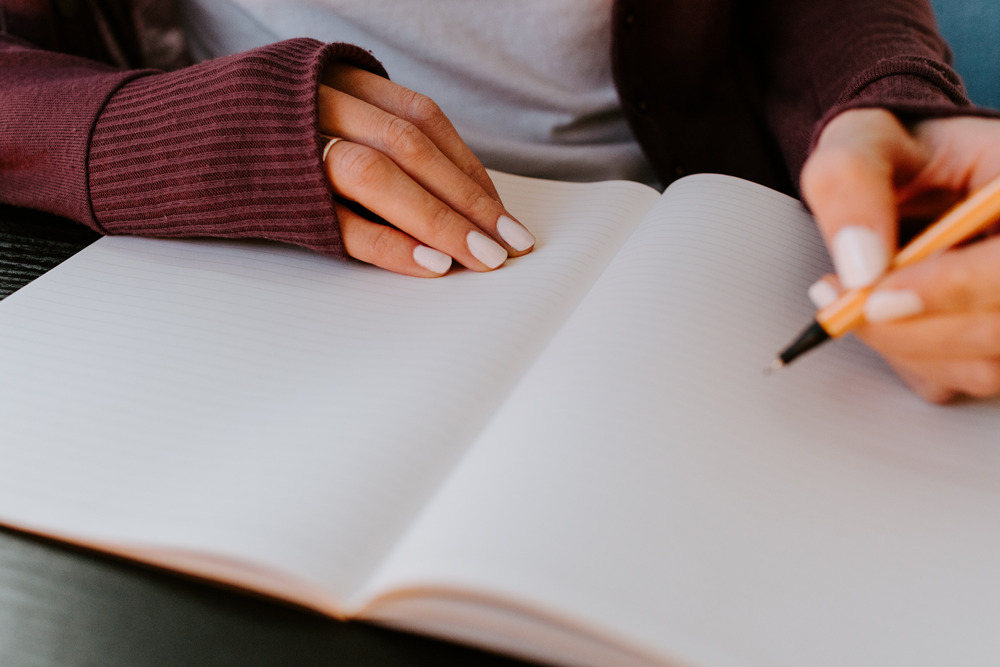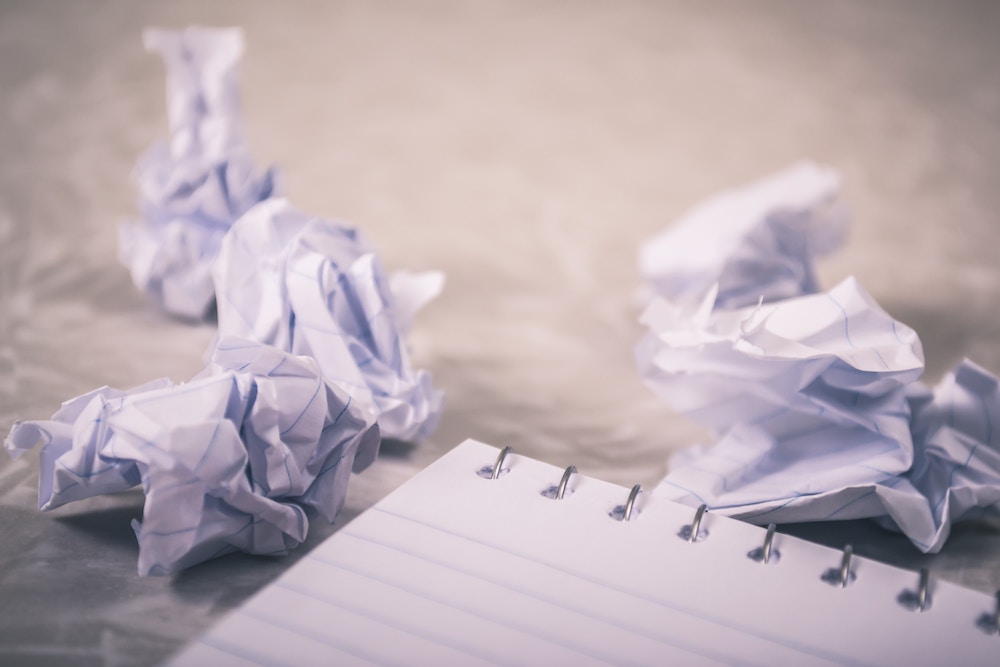Books & Culture
Literary Alchemy: the Wedding of Subject and Style
On style, the immaculate, and thinking with my hands

A Roman Introduction (Also an Ending)
Marcus Tullius Cicero may have been silenced by a body-splitting sword slash from Mark Antony’s henchman during the proscriptions of the Second Triumvirate, but his thoughts on elocution remain very much intact. “No language will inflame the mind,” he tells us, “unless the Speaker himself first catches the ardor, and glows with the importance of his subject.” To put it another way: how one says something is as important as what one says. Language works best when it carries a certain heat. Good oratory practices were Cicero’s main concern, but I’d argue his theory holds true for written words as well. Good prose, too, ripples with flames.
A Caveat
Achieving symbiosis between subject and style, however, is easier said than, well…well said. As Cicero also notes with undying universal applicability: “Times are bad. Children no longer obey their parents and everyone is writing a book.”
As Cicero also notes with undying universal applicability: “Times are bad. Children no longer obey their parents and everyone is writing a book.”
My Parents Raised Me Better Than This
I got into writing for all the wrong reasons: for the drugs, cash flow, sexual favors, discounted sushi platters, immortality, and — worst of all — for the ego boost. These benefits, however, are not as frequently distributed among writers as I was led to believe. And, in accordance with Thomas Mann: “A writer is someone for whom writing is more difficult than it is for other people.”
Signs of Salvation
I got into writing for the wrong reasons, but I would like to believe I have stayed for the right ones, which largely coalesce around a love of style, of the sensation of breathing life into words, the alchemic pleasure of fusing an idea with execution.
More on Style
Speaking on her writing process, Margaret Drabble says: “Sometimes whole paragraphs or pages come out absolutely fine, and they come out very fast, which I’m sure is how Dickens used to write, just very, very fast.” This speedy, gushy, approach to writing isn’t often discussed in an era of literary Craft. Perhaps this is because it’s hard to explain. Even harder to teach. Organic, immaculate expression has a hint of the metaphysical. One can’t help but think of witchcraft. One can’t help but imagine the raw material of human emotion and experience stewing in the cauldron of the mind until it bubbles into form, bursts into language. “Style is nothing but the mere silhouette of thought,” says Arthur Schopenhauer, and what is a silhouette but an image born from a moment of sun: ephemeral and bright?
This speedy, gushy, approach to writing isn’t often discussed in an era of literary Craft.
Take it Down a Notch
What Schopenhauer calls a silhouette, a grammarian like Virginia Tufte might call “syntactic symbolism.” Syntax is, of course, largely without meaning on its own (as are symbols, I suppose). Syntactical constructions are bones without flesh; symbols are flesh without bones. How to make them quiver and dance? According to Tufte, “A skilled writer may use the same structures in a way that mimics the particular actions a sentence describes.” In other words, content and communication are bound, inseparable. And, just as a body is not built part by part — but develops from a single embryo — eloquent language, it seems, should also emerge from the mind as a pre-formed and pre-fused thing. Otherwise we find ourselves facing Frankenstein.
Can a Person Die of Carpal Tunnel?
“It’s all longhand,” says Cynthia Ozick of her writing process. “I can’t read it, I write so fast… It makes me feel like I’m thinking with my hands.” I connect with Ozick on her preference for longhand. When composing, I write messily and wildly, scribbling across the page, sometimes up and down the sides. This physicality, I’ve come to believe, can energize sentences and elevate style: the tension of sitting contorted in a chair, legs twisted, arm flexed, hand dashing and smearing forward. Isn’t this how sentences work, after all? We corral the kinetic potential of individual words within punctuation and paragraphs? Words are a feral species, alive and charged by their own history. “They have been out and about, on people’s lips, in their houses, in the streets, in the fields, for so many centuries,” according to Virginia Woolf.
This physicality can energize sentences and elevate style: the tension of sitting contorted in a chair, legs twisted, arm flexed, hand dashing and smearing forward.
Just as a person cannot be reduced to an ID badge, a word cannot be reduced to a dictionary definition; like a person, a word carries with it a constellation of experience. “Look again at the dictionary,” Woolf tells us, where one will find thousands upon thousands of words laid out in alphabetical order, pinned down like butterflies for our inspection. Presumably within these pages are “plays more splendid than Antony and Cleopatra.” One only need go about “finding the right words and putting them in the right order.” And yet writing splendid plays, poems, tweets, isn’t so simple — otherwise we’d have more. If dictionaries do not house the true nature of words, how can we expect to conjure style from those pages? Words are inherently unruly and evolving, yet we use them as the building blocks of expression because we believe that they can be adequately tamed. If “words live in the mind,” as Woolf says, so the mind must be the source of style, or at least, the rodeo arena.
Meditation, or “I Almost Went to Art School”
I write longhand, in part because it feels like drawing, and drawing has always been for me a meditative practice. Before I was seduced by the perks of writing (the drugs, cash-flow, sexual favors, discounted sushi platters…) I studied visual art. Drawing — like writing — is a triangulation between the draftsperson, the page, and the subject. To quote David Hockney, it “makes you see things clearer, and clearer, and clearer still.” This is, in part, because the process involves the whole self. When drawing, “the image is passing through you in a physiological way, into your brain, into your memory — where it stays — it’s transmitted by your hands.” Technique is meaningless without an ability to see, and the ability to see is meaningless without technique. What we might call an “eloquent” drawing is a work born from the fusion of both: an image that seems to have sprung effortlessly onto the page.
Drawing — like writing — is a triangulation between the draftsperson, the page, and the subject.
Another Caveat
But, for me, writing has never been effortless (and neither has drawing, for that matter). As much as I believe in the sanctity of the first draft, in the initial outpouring of words, I am also a compulsive reviser. So is Ozick, it turns out. “When I look at my manuscript,” she says, “there are so many cross-outs.” Likewise this essay, even as I write it, is struck through with cross-outs and the snaking point of arrows and the black stars of asterisks. Such revision, however, also takes on physicality akin to working with a sculpture. It likewise starts with an initial form. And, to further defend against impending accusations of hypocrisy: revision involves taking that embryonic prose and feeding it, clothing it, nurturing it, and, in many instances, literally taking it to school.
Conclusion
“Brevity is a great charm of eloquence,” said Cicero, and in that spirit I will wrap up this essay. How to we make ourselves heard in the clamor of the modern forum? In the text-drenched Internet or on overcrowded bookshelves, spines jostling for space? Sheer volume — of both sound and mass — will only get one so far. The esteem of others also helps. But to “inflame” the minds of others demands, more than anything, that the speaker already be burning, that the speaker be willing to stoke the hot coals of an unruly language and watch its tonguing dance as it roars and takes us alive.









